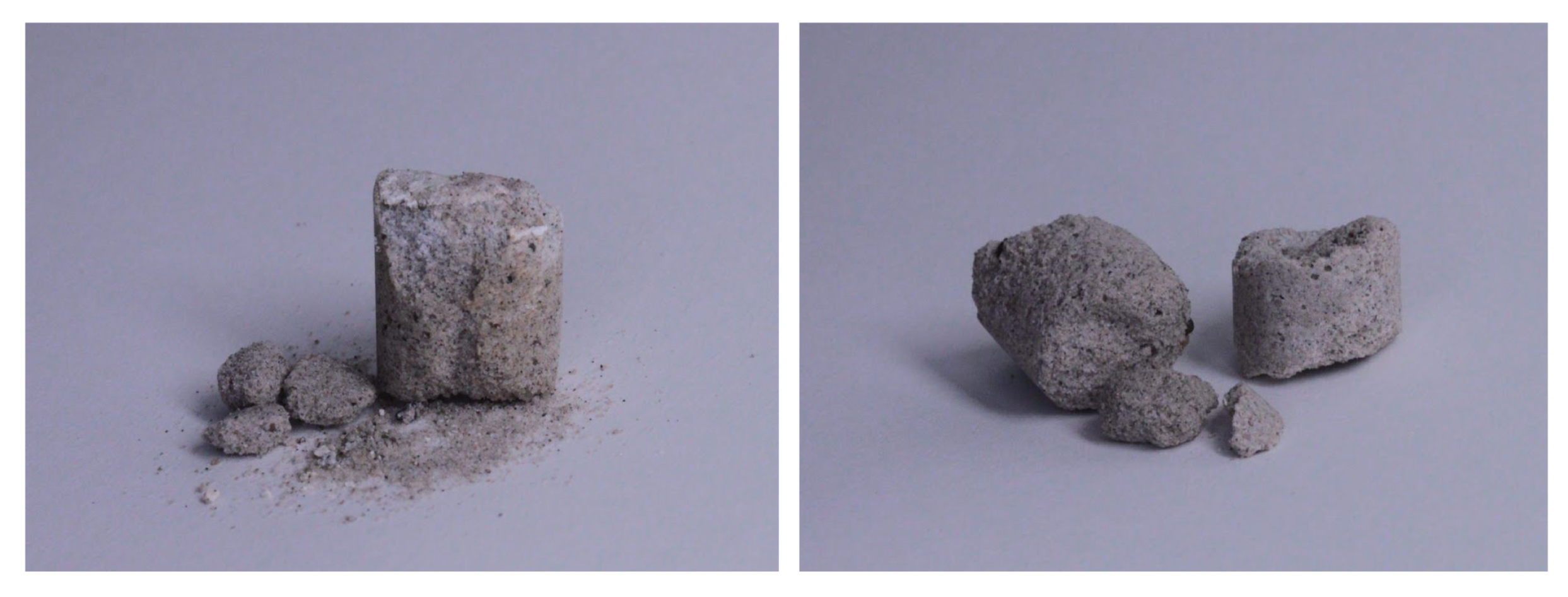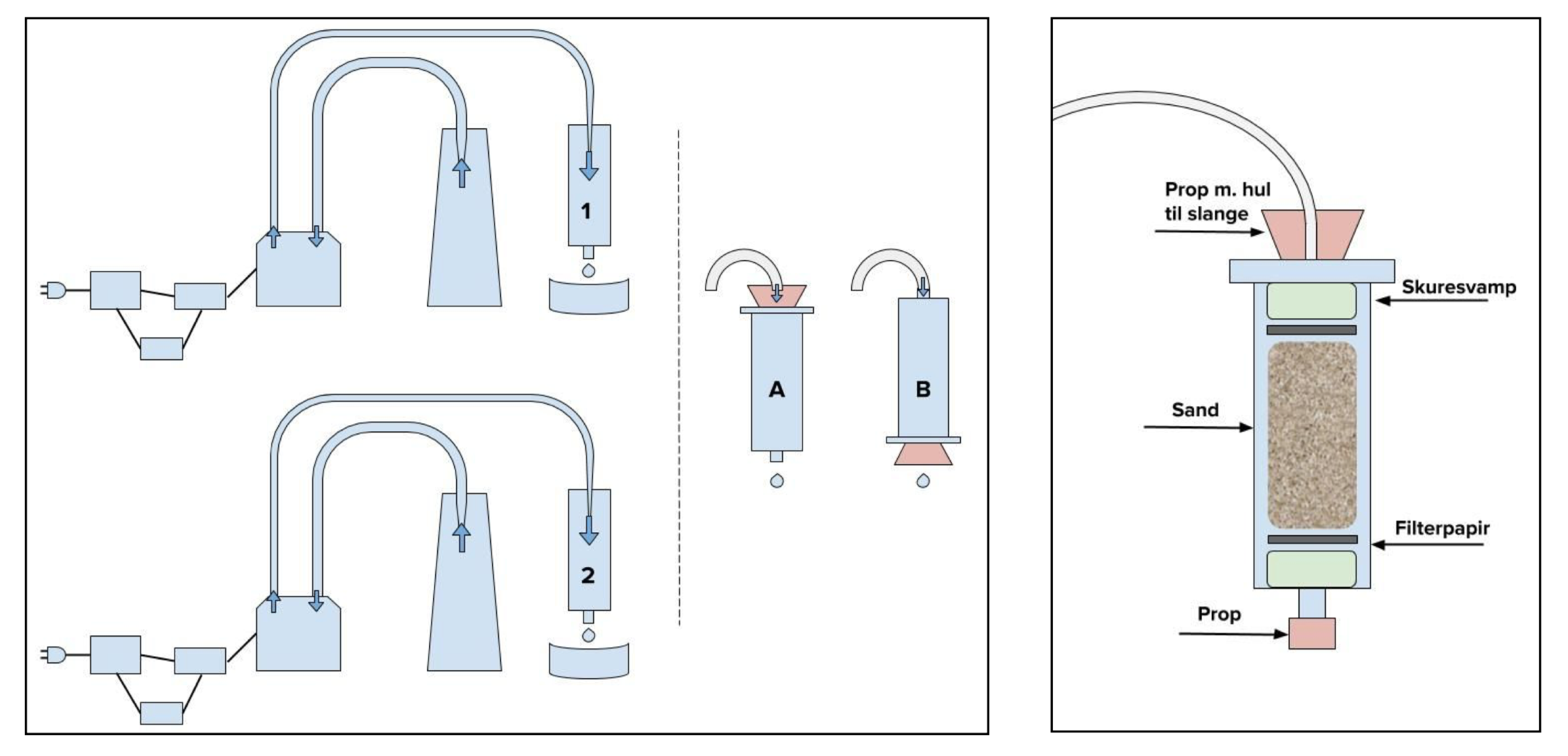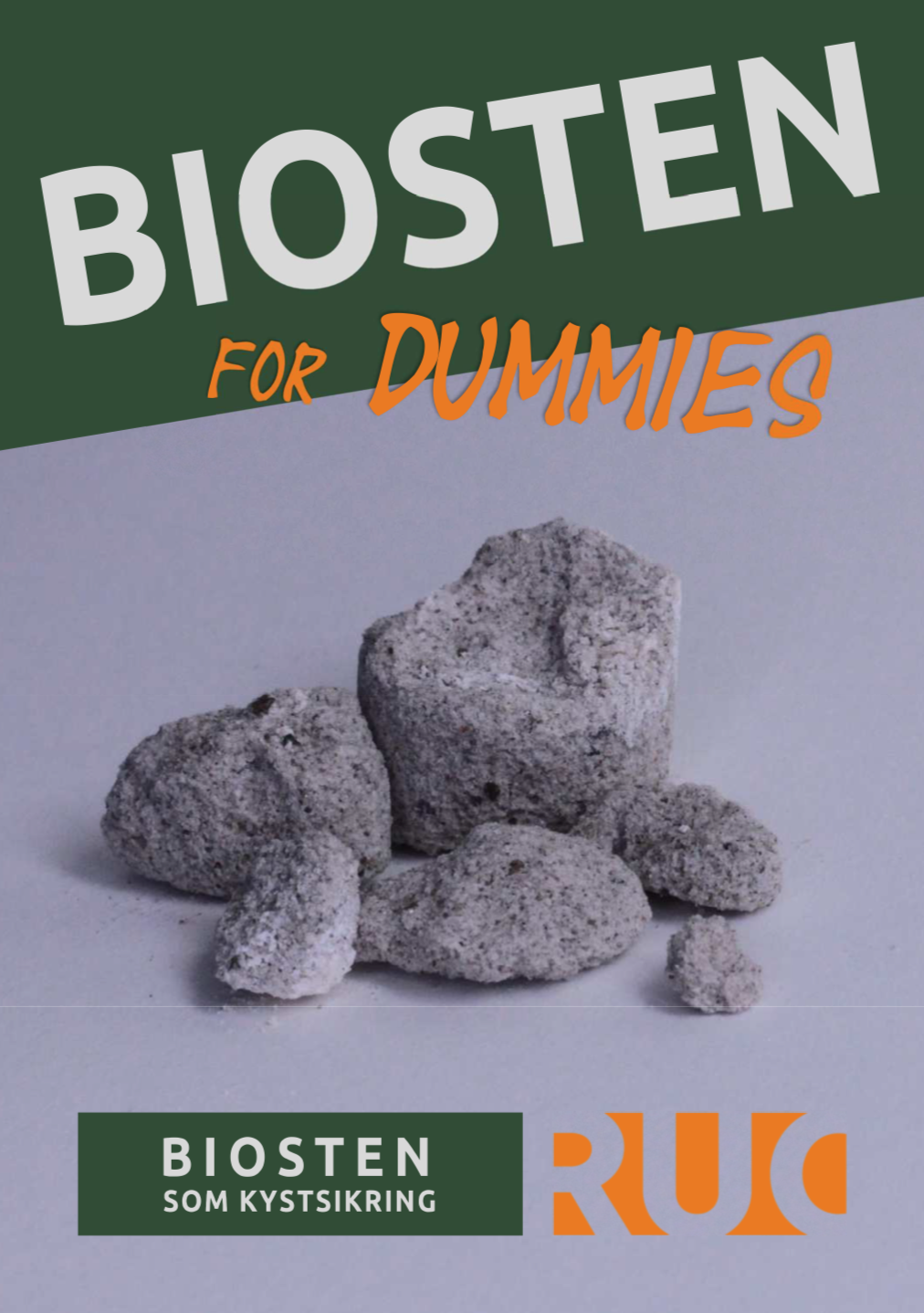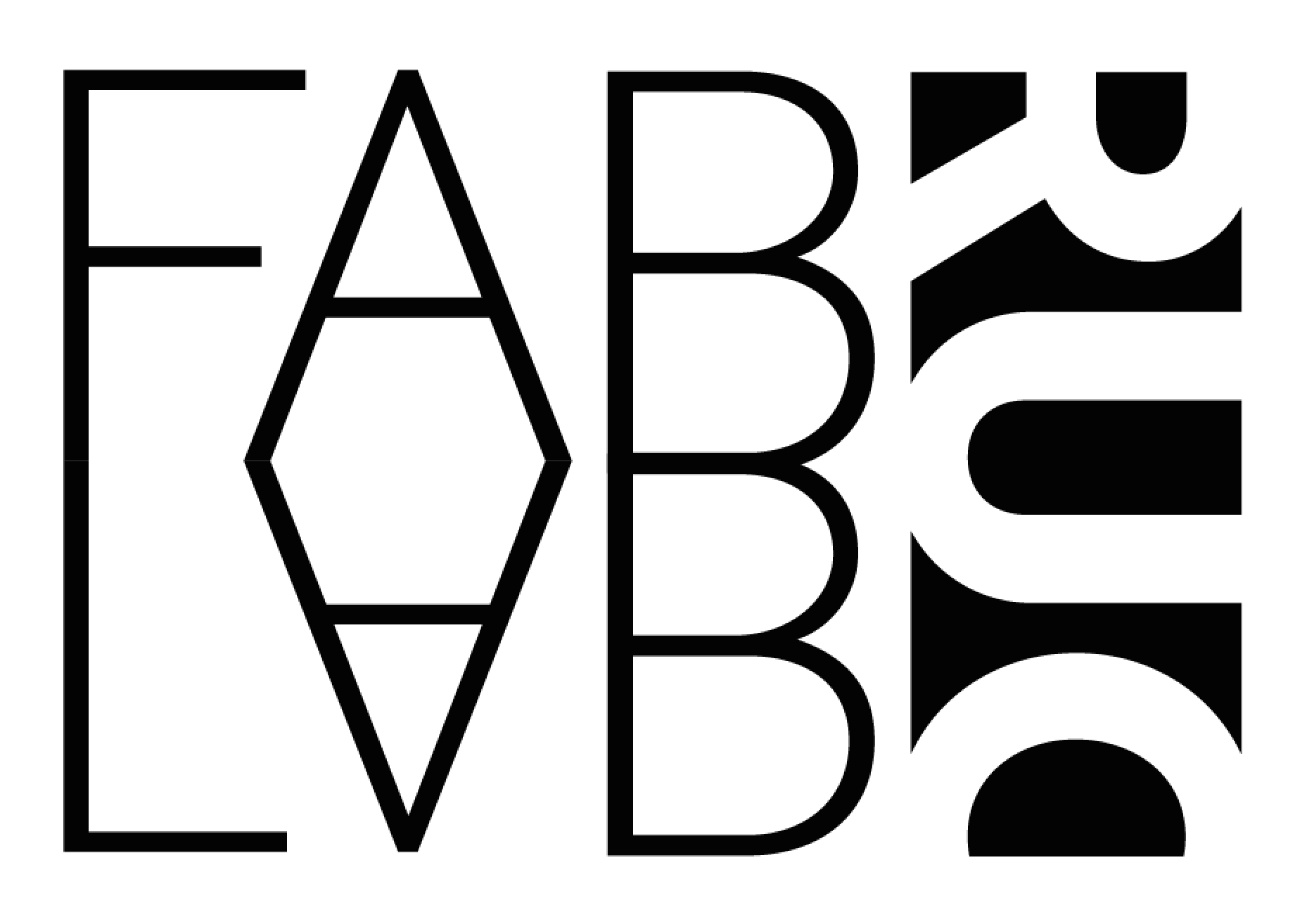Biostone as Coastal Protection
This project is constructed and performed by a group of 2nd semester Hum-Tek students in conjunction with the FabLab/BioFabLab. The goal of the project was to examine the possibilities of using microbial biocement as an alternative method of protecting coastal areas.
The process of microbial biocementation is seen as a sustainable solution for bonding loose aggregates without the use of cement. The occurrence of this process in sand results in the production of a bio-solid referred to as "Biostone".
The Microbial Biocementation Process
The process of microbial biocementation involve the mixing of stabilized urine with sand and urease-producing bacteria namely "Sporosarcina pasteurii ". The bacteria convert the urea present in the urine to carbonate ions, which then combine
with excess calcium ions to form calcium carbonate. This calcium carbonate produced cements any sand particles together, thus forming a natural-looking bio-solid of any shape.

The simple experimental set-up for testing the biocemenation process involved packing the sand tightly in a cylindrical tube with two holes positioned on opposite sides to allow the in and out-flow of the cementing fluid (containing the needed nutrients for bacterial growth together with urea and Calcium chloride for the biocementation process). Initially the tightly packed sand was inoculated with the S. pasteurii bacteria and left to settle for sometime, whereafter the stopper added to the bottom hole of the tube was removed and the cementing fluid was pumped in and out of the system. The pumping of the cementing fluid into the system occurred over a short interval (till it filled the tube) every approx. 5 to 6 hours. During this process, the cementing fluid was prepared on daily basis to keep a steady urea concentration and supply to the system overtime. A biostone product can finally be obtained after approximately five days of regular pumping.

Several adjustments were done to the set-up along the semester period to improve the process, to ensure the even cementation along the tube, and to increase the firmness of the produced biostone.
To read this project, follow the following link:
https://ruc-thirdroom.dk/wp-content/uploads/2019/05/Biosten-som-kystsikring.pdf
To know more check the short guide "Bostoen for Dummies":
https://ruc-thirdroom.dk/project/kystsikring-med-bio-stone/timeline/#/post/17629

Along this period the FabLab/BioFabLab has supported the project by:
- Using their network to ensure the supply of the Sporosarcina pasteurii bacterial strain.
- Ensuring the supply and correct handling of the needed chemical.
- Setting up workshops for learning the basic lab techniques.
- Providing personal guidance for bacterial handling and working under sterile conditions.
- Helping in constructing the experimental setup and in programming the pump in the system.
- Providing the lab facilities and space needed for performing the experiment.
Feedback from The Biostone Group
" From the beginning we received lots of support and help from FabLab and especially BioFabLab. Not only did they facilitate a working space and all of the equipment we needed to get started, but also invited us to relevant workshops and spent many working hours ensuring that we were properly prepared to commence the actual experiments. During the experiments they were always open to answer questions and concerns and were genuinely interested in the process and outcome of our project. We would love for FabLab and BioFabLab to promote projects like these more, and also promote their many different workshops, in order to spark interest and ideas in the minds of other HumTek students. We have had an amazing learning experience and have done things that we didn’t initially believe fit into the frames of our faculty, and we would love for more students to seize the many opportunities that the Labs facilitate ! "

